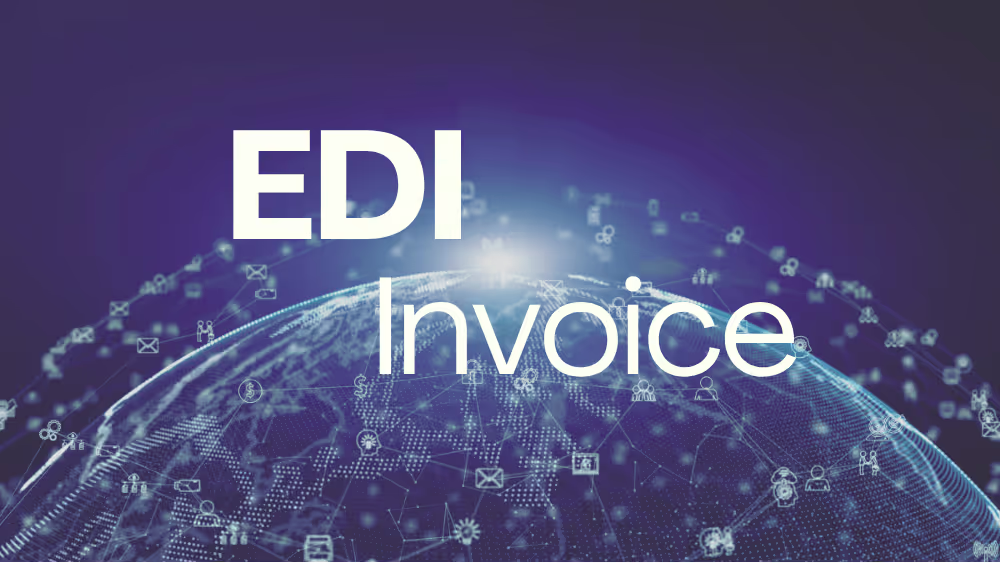What is an EDI invoice
This guide explains what an EDI invoice is and how to send it to your trading partners.

What is an EDI invoice?
An EDI invoice (INVOIC) is the electronic equivalent of a traditional paper invoice. It is used by sellers to request payment from buyers for goods or services that have been delivered. As one of the most essential documents in an automated EDI (Electronic Data Interchange) environment, the EDI invoice plays a central role in streamlining financial transactions between trading partners.
How does it work?
You create either a standard invoice or a credit invoice in your ERP system or accounting software, typically in XML, CSV, or PDF format.
Note: Credit invoices may not always be supported. We recommend verifying this if it is relevant to your situation.
You send the generated invoice via the predefined communication channel to the T2S EDI Platform.
If your ERP system is integrated through one of our integration partners, the invoice is automatically collected via the interface and forwarded to the EDI Platform.
The EDI Platform validates the invoice and transforms it into the EDI INVOIC format required by your trading partner(s). Once validated and transformed, it is automatically delivered via the predefined communication channel to your trading partner(s).
Communication channel (EDI Gateway)
The communication channel, also referred to as the EDI Gateway, is the connection point between your organization and the EDI Platform, and between the EDI Platform and your trading partners.
The gateway ensures fast and secure EDI communication. We support multiple communication protocols, including (but not limited to): API (REST and SOAP), AS2, X.400, sFTP, and email.
Required information for the EDI INVOIC
When sending an EDI INVOIC according to the UN/EDIFACT standard to your trading partner(s), your invoice must include the following information:
- The GLNs (Global Location Numbers) of your company (the sender) and your customer (the receiver)
- The GTINs (Global Trade Item Numbers), also known as EAN codes, of the invoiced products
This information is essential to ensure proper routing and processing of your EDI invoice based on the UN/EDIFACT standard, a globally adopted set of rules for electronic data interchange (EDI).
EDIFACT stands for Electronic Data Interchange for Administration, Commerce and Transport. It is an international standard developed by the United Nations for the electronic exchange of data between businesses.
GS1 EANCOM® is a GS1 standard that is a subset of UN/EDIFACT. It defines the format for transmitting electronic business documents—such as orders, invoices, and delivery notes, and incorporates GS1 identification standards like GTIN (for products) and GLN (for parties and locations), enabling standardized and reliable data exchange.
Please note: these requirements apply specifically to invoices sent using the EDIFACT standard (commonly used in Europe and Asia). Other standards, such as X12 (used mainly in North America), may require different types of information.
Would you like to send an invoice via Peppol?
At Type 2 Solutions, we offer access point services and full support to help you connect to the Peppol network.
If you would like to send invoices through the Peppol network, it is crucial that your customer is connected to Peppol and that their Peppol ID is included on the invoice. This ID is a unique identifier for companies and public sector entities within the Peppol network. A Peppol ID can be a Chamber of Commerce, VAT, or IBAN number, but also, for example, a GLN.
Read more about Peppol
How can I send an invoice via the Peppol network?

